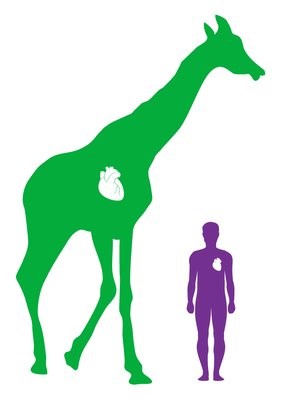Giraffes do not suffer from edema — even though the distance between a giraffe’s heart and feet is twice that of humans. Why?Because a giraffe's skin is extremely tough, fibrous and non-elastic, it creates a rigid sleeve that maximizes the effect of every muscle movement — big and small, moving and resting — to optimize venous return.1,2 A compression system designed with materials that work together to create a rigid sleeve, much like giraffe skin, to consistently provide the right amount to compression to reduce edema and optimize venous return, define an ideal compression system. Compression therapy mimics the giraffe’s skinCompression therapy is considered the gold standard of care for managing patients’ lower extremity edema and venous leg ulcers, also referred to as venous stasis ulcers, yet, compression therapy remains underused.3 Want to see the research and best practices?If you’re interested in learning more about compression therapy, venous leg ulcers (VLUs) and a four step approach for management of VLUs, please tell us a little about yourself so we can send you more information. |  |
FOR HEALTHCARE PROFESSIONALS ONLY. By providing us your information you give 3M permission to contact you periodically via email with 3M product, market information and invitations to participate in research studies. We will only use this information to respond to your requests and interests, and as further described in our Policy.
1. Hargens AR, Millard RW, Pettersson K, Johansen K. Gravitational haemodynamics and oedema prevention in the giraffe. Nature. 1987;329(6134):59-60.
2. Pedley TJ. Haemodynamics: How giraffes prevent oedema. Nature 1987;329(6134):13-14.
3. Harding K, et al. Simplifying venous leg ulcer management. Consensus recommendations. Wounds International 2015.
The brands listed above are trademarks of 3M.